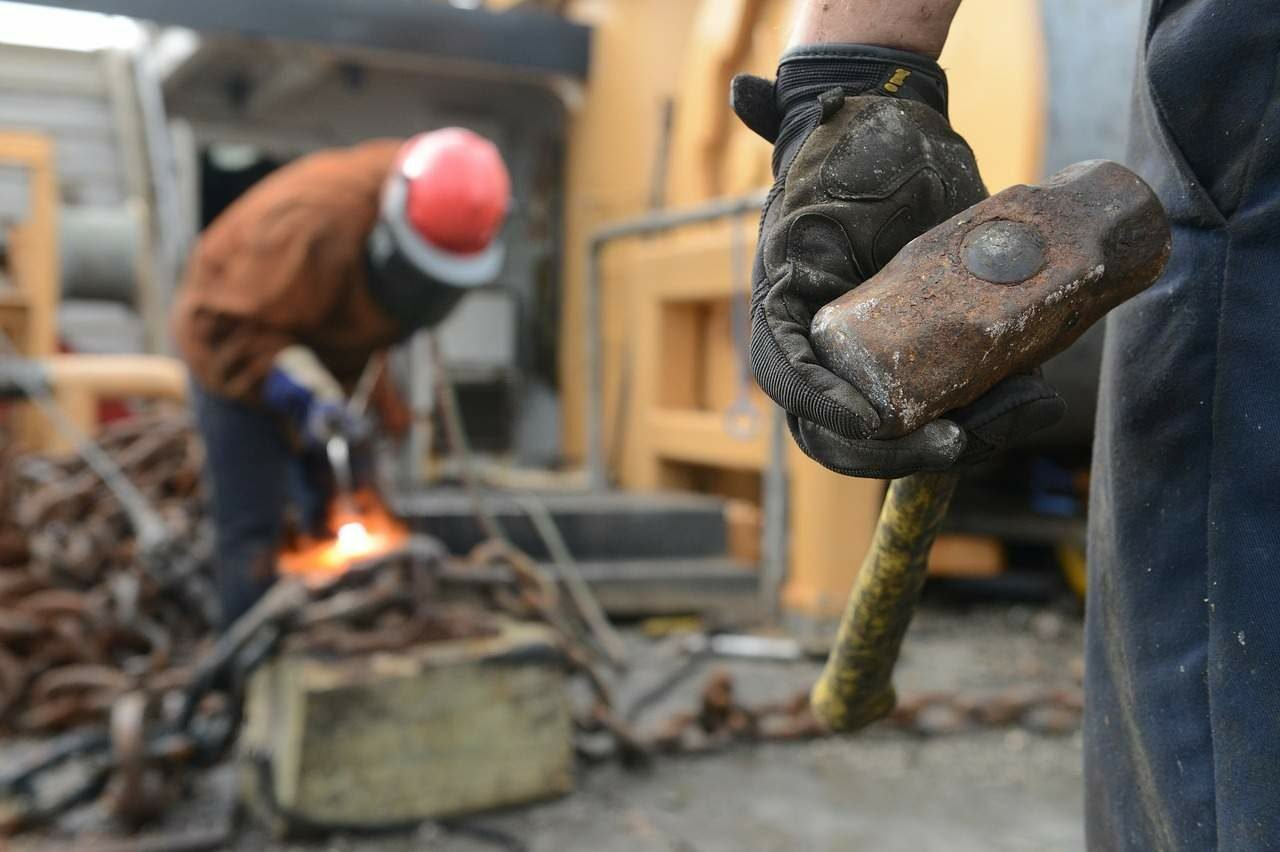Labor costs represent human contribution. Labor cost is sensitive. The second Major element of cost in most of the manufacturing undertakings is labor cost. Proper accounting and control of labor costs, therefore, constitutes one of the most important problems of management. In controlling labor costs, the problem is complicated by the human element.
Here are explain; What does Labor cost? Introduction, Meaning, and Control.
Introduction: Under the present political conditions with restive labor in an organized industry, it is very difficult to reduce labor costs. Therefore, proper control and accounting for labor costs are one of the most important problems of a business enterprise. But control of labor costs presents certain practical difficulties unlike the control of material cost. The human element in labor makes difficult the control of labor costs whereas materials, being inanimate, could subject to rigid control.
Labor is the most perishable commodity and as such should effectively utilize immediately. Labour, once lost, cannot recoup and is bound to increase the cost of production. On the other hand, materials, being durable, can use as and when required and can store without having to incur an immediate loss.
Meaning of Labor Cost:
Payment of remuneration to the workers for their service to the firm knows as labor payment. This is the second element of the total cost. It may be direct or indirect. If it treats as a direct expense, it will include prime cost and if it relates to the factory, it will treat as an item of factory cost. Direct labor costs or Direct wages represent the cost that is incurred directly to change the composition, form or condition of a product.
Its primary nature is that it can easily identify and allocated to specific cost units. It also varies directly with the volume of production/output. Indirect labor costs, on the other hand, are the number of wages paid to workers who are not related to change the form, composition of a product but they engage themselves to complete the product, e.g. Supervisor’s Salary works office staff salaries, etc.

It is interesting to note that the difference between direct labor costs/direct wages and indirect labor costs/indirect wages depends on the types of work/job done and at the same time, the conditions in which cost of labor incurred. Under the circumstances, some labor costs treated as direct whereas the same treats as indirect in some other cases.
So, they will treat as a direct one when; 1) the payment makes to the workers to change the composition of a product, and 2) identification of the job is possible. Similarly, labor costs will treat as indirect when; 1) the same is not directly related to change or form of a product, 2) identification is not possible.
Control of Labour Cost:
To control the cost of labor (both direct and indirect), it becomes necessary to study the behavior of labor, to control the attendance and departure of workers, measurement of performances, assessing the results, time and motion study, etc. It is the function of the management to control the cost of labor in every step whether the same is direct or indirect. Individual columns of timesheet and job cards should maintain direct and indirect labor costs for proper ascertaining and controlling the cost of labor.
We know that direct labor costs/direct wages an element of prime cost whereas indirect labor costs/indirect wages an element of factory cost. Direct labor cost can control easily as it relates to variable cost which varies with the quantity produced, i.e. if more quantity produces with the same rate of remuneration, a post per unit must reduce. But it is not so easy to control the indirect labor cost.

Control over Labor cost:
This is so because labor consists of a lot of different individuals, each with a different mental and physical capacity and each with a different personality.
Proper control over it involves the following:
- Appropriate systems for recruitment and selection, training and placement of workers.
- Satisfactory methods of labor remuneration.
- Healthy working conditions consistent with legal requirements and competitive undertaking.
- Method of assuring efficient labor performance.
Direct and Indirect Labor Costs:
For accounting, they are classified into;
- Direct, and.
- Indirect.
Direct Labor Cost:
This cost incurs on the employees who engage directly in making the product. Their work can identify clearly in the process of converting. The raw materials into the finished product called direct labor costs. For example, wages paid to the workers engaged in the machining department, fabrication department, assembling department, etc.

Indirect Labor Cost:
Indirect employees not directly associated with the conversion process. But assist in the process by way of supervision, maintenance, transportation of materials, material handling, etc. Their work benefits all the items being produced and cannot specifically identify with the individual products. Hence, the indirect labor cost should treat as production overhead. These costs will accumulate and apportion to different cost centers on an equitable basis and absorbed into product cost by applying the overhead absorption rates.
Items of Labour Cost:
They can analyze into the following:
- Monetary benefits are payable immediately; Salaries and Wages, Dearness and other allowances, production incentive or bonus.
- Monetary benefits after some time in the future; Employer’s contribution to P.F., E.S.I., Pension, Gratuity, Profit linked bonus, etc.
- Non-monetary benefits (Fringe benefits); Free or subsidized food, free medical or hospital facilities, free or subsidized education to the employee’s children, free or subsidized housing, etc.







Leave a Reply